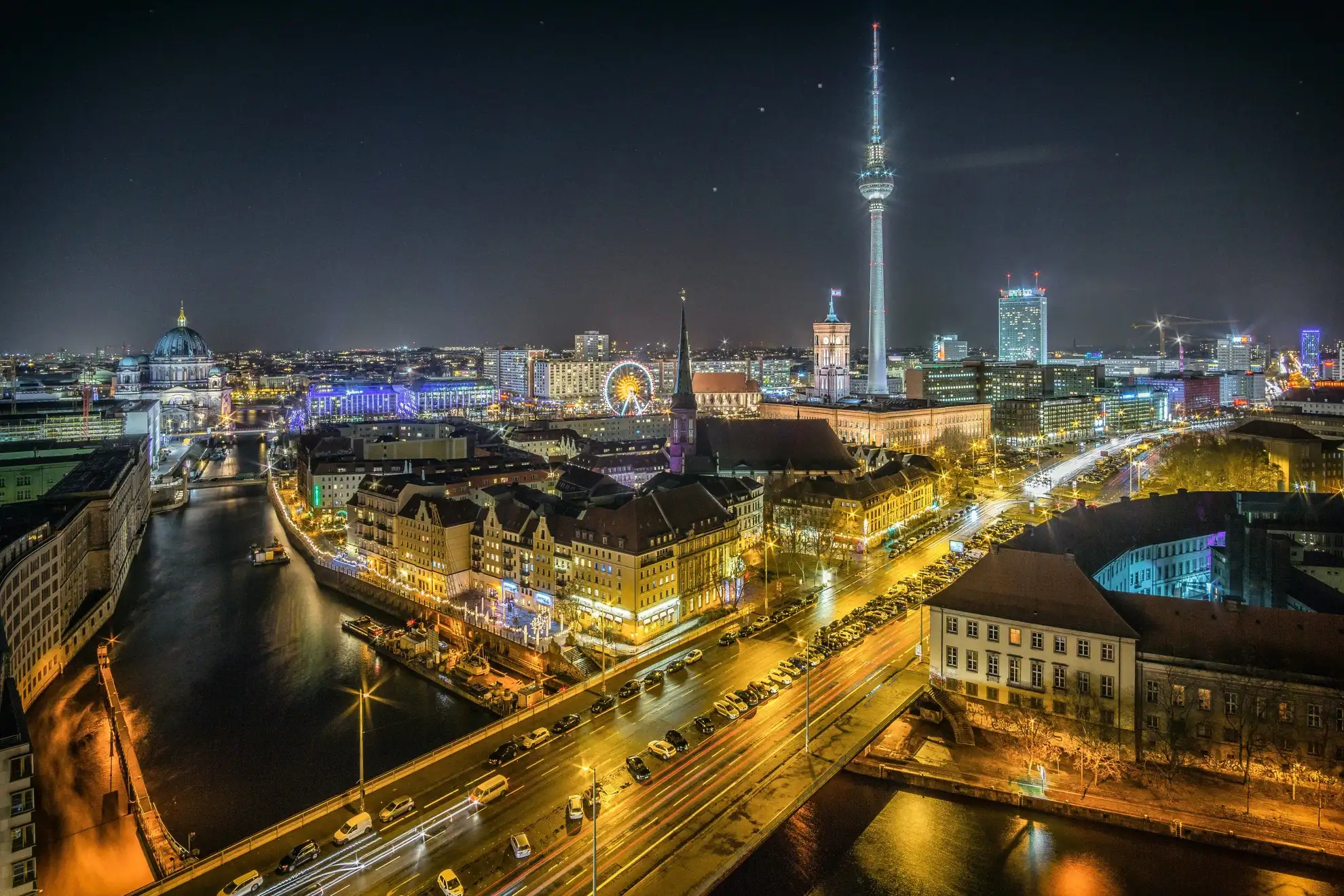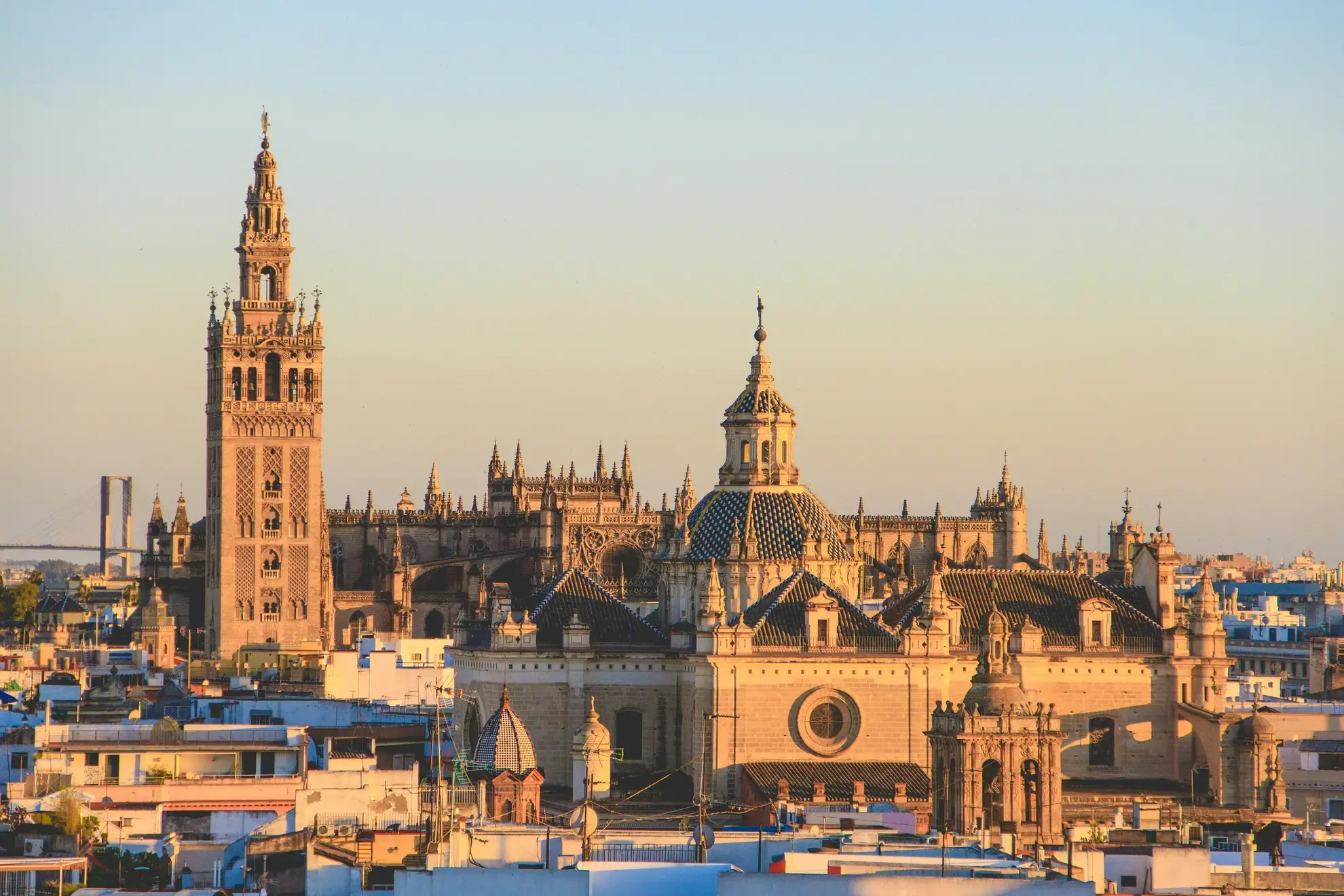eSIM Plans for Travelers to The Europe 39 countries
Unlimited data at kbps after using
Get Connected Instantly Worldwide
Follow our proven 3-step process to enjoy seamless internet connectivity during your travels. Trusted by over 1 million travelers globally.
Ready to Stay Connected Anywhere?
Join millions of satisfied travelers who choose our reliable eSIM solutions for their international connectivity needs.
What You Need to Know About Europe 39 countries Network
Network Coverage
urban area
• Major cities have comprehensive 4G network coverage, and 5G services are widely deployed in Western and Northern Europe.
- Berlin, Munich (Germany): Full 5G coverage in city centers and transportation hubs, with operators like Vodafone having deployed 5G SA networks, achieving download speeds of up to 1Gbps.
- Paris, Lyon (France): Business districts and metro stations have good 5G coverage. Free Mobile has completed the deployment of its 5G SA network, with average speeds ranging from 200-500Mbps.
- London, Manchester (UK): Core areas with full 5G coverage, EE has deployed a 5G SA network, with speeds reaching up to 800Mbps in the financial district.
- Madrid, Barcelona (Spain): 5G coverage in main streets and tourist areas, stable 4G in suburbs, average internet speed of 150Mbps.
- Rome, Milan (Italy): Excellent 5G coverage in city centers, with TIM and other carriers continuously expanding their 5G networks. Stable 4G in historic districts.
- Stockholm, Copenhagen (Nordic): Over 95% citywide 5G coverage, fast and stable network speeds, Nordic countries lead Europe in 5G commercialization.
- Warsaw, Prague (Eastern Europe): Gradual deployment of 5G in city centers, comprehensive 4G network coverage, average internet speed in commercial areas reaches 80Mbps.
- Athens (Greece): The city center and major attractions have full 4G coverage, and Cosmote has completed the deployment of its 5G SA network, significantly improving internet speeds.
- Amsterdam and Brussels (Low Countries): 5G commercial services have been launched in the urban core areas, with stable signals at transportation hubs and network speeds reaching 300Mbps.
- Budapest, Bucharest (Central Europe): Stable 4G coverage in major urban areas, with 5G networks currently being deployed; 4G coverage exceeds 90%.
Tourist attractions and suburban areas
• Major attractions have good coverage, while signals may weaken in remote mountainous areas and rural regions.
- The Colosseum and Vatican City (Italy): Main visiting areas have good 4G/5G coverage, with slightly weaker signals in underground areas.
- Eiffel Tower and Louvre Museum (France): Full 4G coverage inside and outside the scenic areas, with slightly weaker 5G signals in some indoor areas.
- Big Ben and Buckingham Palace (UK): 4G is stable in tourist-heavy areas, but network congestion may occur during peak hours.
- Acropolis (Greece): The mountaintop viewing area has good 4G coverage, with some signal attenuation inside certain ancient monuments.
- Alpine region (Switzerland, Austria): Major resorts and cable car stations have 4G coverage, while signal is unstable in high-altitude hiking areas.
- Norwegian Fjord Region: Stable 4G coverage along main roads and in towns, limited signal in remote fjord areas.
- Sagrada Família, Barcelona (Spain): 5G coverage is available outside the building, but signal weakens inside due to the stone wall structure.
- Amsterdam Canal District: Major tourist routes have full 4G coverage, with unstable signals inside some older buildings.
- Prague Old Town Square: The historic district has good 4G coverage, with slightly weaker signals in some areas of Charles Bridge.
- Iceland's Ring Road: Major towns and attractions have 4G coverage, while remote natural scenic areas experience unstable signals.
- Ancient Cities in the Balkan Peninsula: Major streets in historic towns like Dubrovnik, Croatia, have 4G coverage, though signal strength may be weaker in some older districts.
- Scottish Highlands: Major tourist routes have 4G coverage, while remote villages and mountainous areas have limited signal.
Network Usage Tips
Differences in 5G networks
The rollout of 5G technology varies by country and region, with uneven coverage. In some countries, the proportion of the population covered by 5G networks is relatively low, not exceeding 30%.
Signal attenuation in historic buildings
Many historical buildings in Europe feature thick stone walls, which can significantly weaken signals. It is recommended to use the network near windows or open areas inside these heritage sites.
Remote area coverage
As of December 2021, the coverage rate for 4G and above in urban areas of Europe was 100%, while it was 94% in rural areas (98.7% overall), with potentially limited coverage in remote mountainous regions and villages.
Network Congestion Alert
During peak travel seasons (such as summer along the Mediterranean coast or winter in the Alps for skiing), networks around popular attractions may experience congestion. It is advisable to avoid using high-bandwidth applications during peak hours.
Operator selection
Some countries have multiple operators with significant variations in coverage quality. For instance, Sweden, Belgium, and Romania have the lowest proportion of population covered by 5G networks due to the exclusion of Chinese communication equipment.
Subway and Tunnel
Most major European cities have 4G coverage in their metro systems, but signal interruptions may occur on some older lines and in tunnels, so it is advisable to download offline maps in advance.
Battery consumption
In the signal fringe areas, mobile phones continuously search for networks, leading to faster battery drain. Europe has approximately 223 million 5G users, with significant variations in network quality across different regions.
Price Evaluation
Mobile network coverage in 39 European countries reaches 98.7%, with a small gap between urban and rural areas (100% 4G coverage in cities, 94% in rural areas). Mobile data prices in Europe are relatively high, but the market is highly competitive, with basic urban plans (500MB-2GB/day) sufficient for daily needs. According to industry data, Europe has the highest number of commercial 5G networks, with 42 countries deploying 5G services. Western and Northern European countries lead in 5G network development, achieving speeds of up to 1Gbps, while Eastern Europe and the Balkan Peninsula are still in the process of 5G deployment. It is recommended to choose a data plan based on travel needs, with plans of 2GB or more advised for remote areas to ensure uninterrupted usage.
Recommended eSIM packages relevant to you
Enjoy seamless connectivity on your travels. Choose from our diverse global eSIM plans to enhance your next journey.





